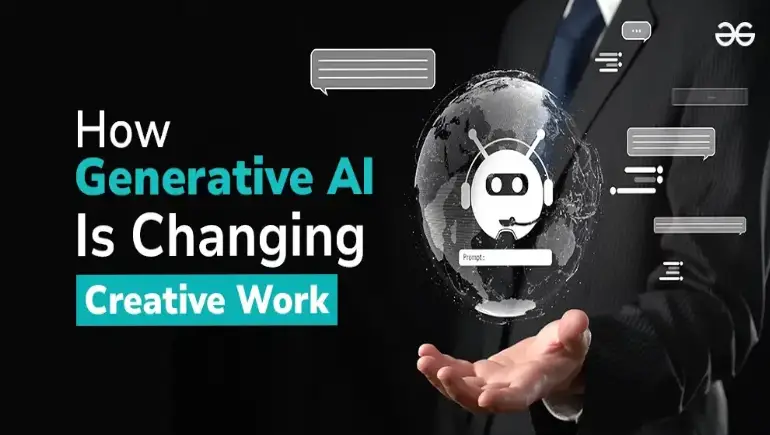
In Bangladesh, a quiet revolution is transforming the creative industry. At the center of this shift is generative AI—a powerful class of artificial intelligence that can create images, write stories, compose music, and even design fashion. What was once the domain of human-only creativity is now being shared with intelligent machines. This is not about replacing artists and designers—it's about expanding their tools, pushing boundaries, and opening new opportunities.
In this article, we’ll explore how generative AI is changing the future of creative work in Bangladesh, its current uses, benefits, and what this means for the next generation of Bangladeshi creatives.
Generative AI refers to algorithms that can produce content—text, images, videos, or audio—based on prompts and training data. Tools like ChatGPT, DALL·E, Midjourney, and RunwayML are just a few examples that are democratizing access to advanced creativity tools globally, including in Bangladesh.
Bangladesh’s creative sectors—advertising, graphic design, animation, content creation, and fashion—are seeing rapid changes thanks to AI. Here's how:
Bangladeshi designers are using AI tools to quickly prototype logos, create visual concepts, and experiment with style variations. Platforms like Canva’s AI design assistant and Adobe Firefly are streamlining workflows and enabling even non-designers to create stunning visuals.
Freelance content creators, bloggers, and digital marketers in Bangladesh are now using AI-powered writing tools like ChatGPT and Jasper.ai to generate articles, social media posts, and ad copies, saving time and enhancing productivity.
Bangladesh’s globally significant apparel sector is also experimenting with generative AI. Designers use it to simulate patterns, predict trends, and create digital mockups, giving rise to a new wave of AI-driven fashion innovation.
With tools like RunwayML, Bangladeshi animators and YouTubers can remove backgrounds, generate effects, and even automate parts of video production. This drastically lowers the time and cost of producing professional-level video content.
While the benefits are clear, there are also concerns:
Addressing these concerns with policy support, training programs, and inclusive access to technology is essential.
To thrive in an AI-augmented creative economy, Bangladesh must invest in AI literacy and creative technology education. Universities, bootcamps, and online platforms should integrate generative AI into their curricula to prepare students for the future of work.
The creative future of Bangladesh isn’t about man versus machine—it's about collaboration. Generative AI is the new canvas, and the Bangladeshi artist, writer, or designer is still the one holding the brush. The tools may evolve, but creativity remains a human story.
As generative AI reshapes the global creative economy, Bangladesh stands at a unique crossroads. With its rich cultural heritage and growing digital infrastructure, the country has a golden opportunity to lead a new wave of tech-powered creativity in South Asia. By embracing these tools and preparing its workforce, Bangladesh can ensure that its artists are not only ready for the future—but helping to shape it.












Comments
There are no comments for this Article.